|
|
Harnessing the power of nature’s two most abundant resources, wind and sunlight, has long been the key to sustainable energy solutions. But what if we could combine their forces, fusing their capabilities into a single harmonious system?
Enter the realm of hybrid systems, where wind and solar collide to create a revolution in renewable energy.
These hybrid systems bring together the best of both worlds, leveraging the intermittent nature of wind and the consistent power of the sun to maximize energy production and reliability.
With wind and solar power complementing each other’s strengths and compensating for weaknesses, hybrid systems hold the promise of unlocking new frontiers in renewable energy generation. They offer a dynamic, adaptable solution capable of generating electricity round the clock, regardless of weather conditions or time of day.
Get ready to be captivated by the synergy of wind and solar as we uncover the limitless possibilities of this renewable energy marriage.
Understanding Wind Power
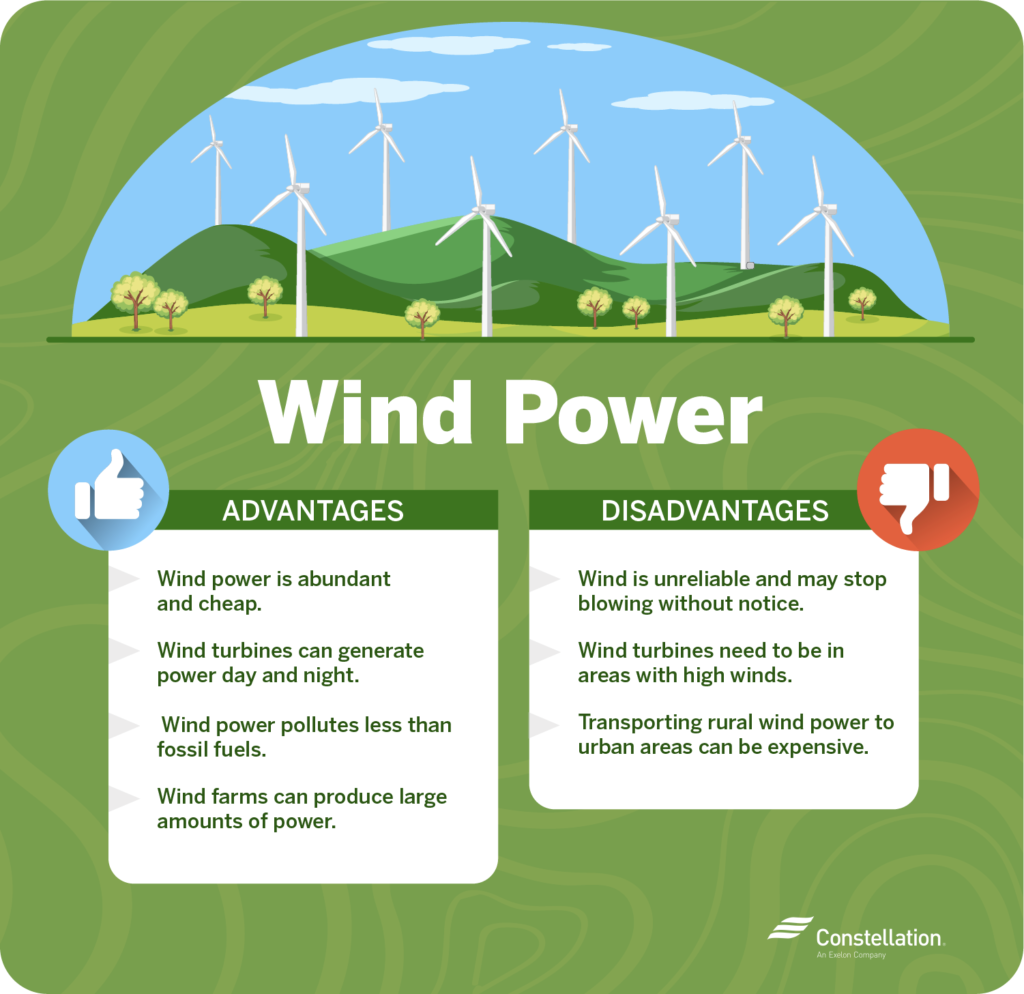
source: https://blog.constellation.com/2021/06/28/wind-power-or-solar-energy-whats-the-better-choice/
Wind power has long been recognized as a clean and renewable energy source.
Wind turbines, with their towering presence on landscapes and coastlines, harness the kinetic energy of wind to generate electricity. These turbines consist of three main components: the rotor blades, the nacelle (housing the generator and other mechanical components), and the tower.
The advantages of wind power are numerous.
It is a virtually inexhaustible resource, abundant in many regions around the world.
Wind energy production produces zero greenhouse gas emissions, contributing significantly to mitigating climate change.
Furthermore, wind power installations can be scaled from small individual turbines to large wind farms, making them adaptable to diverse energy needs.
However, wind power also poses certain challenges.
One of the key limitations is its intermittent nature. Wind speeds fluctuate, resulting in variable energy production.
Additionally, wind turbines generate the most electricity in moderate to high wind conditions, making their efficiency location-dependent.
Despite these challenges, advancements in wind turbine technology and grid integration have significantly improved the reliability and performance of wind power systems.
Harnessing Solar Energy
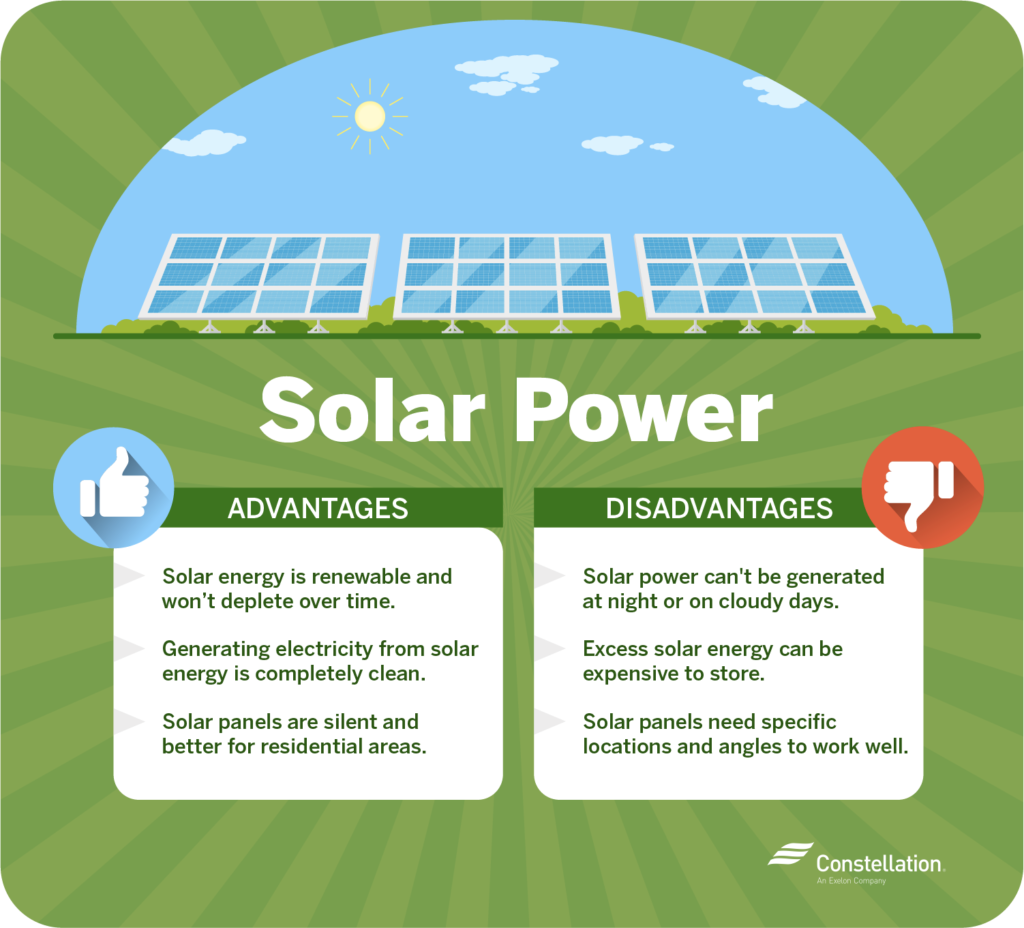
source: https://blog.constellation.com/2021/06/28/wind-power-or-solar-energy-whats-the-better-choice/
Solar energy, derived from the sun’s rays, is another critical component of the renewable energy landscape.
Solar panels, often referred to as photovoltaic (PV) systems, convert sunlight directly into electricity through the photovoltaic effect. These panels consist of multiple interconnected solar cells, typically made from silicon.
The advantages of solar power are compelling.
Solar energy is abundant and available virtually everywhere, making it accessible to a wide range of regions and communities.
It is a silent and pollution-free energy source, with no direct emissions during operation.
Solar panels have a long lifespan and require minimal maintenance, making them a reliable and cost-effective choice for electricity generation.
However, challenges persist in the realm of solar power.
One of the key limitations is its dependence on sunlight. Solar panels generate the most electricity under direct sunlight, making their output variable throughout the day and significantly reduced during cloudy or rainy conditions.
Energy storage solutions, such as batteries, are often employed to address these intermittency issues and ensure a stable power supply.
The Power of Hybrid Systems
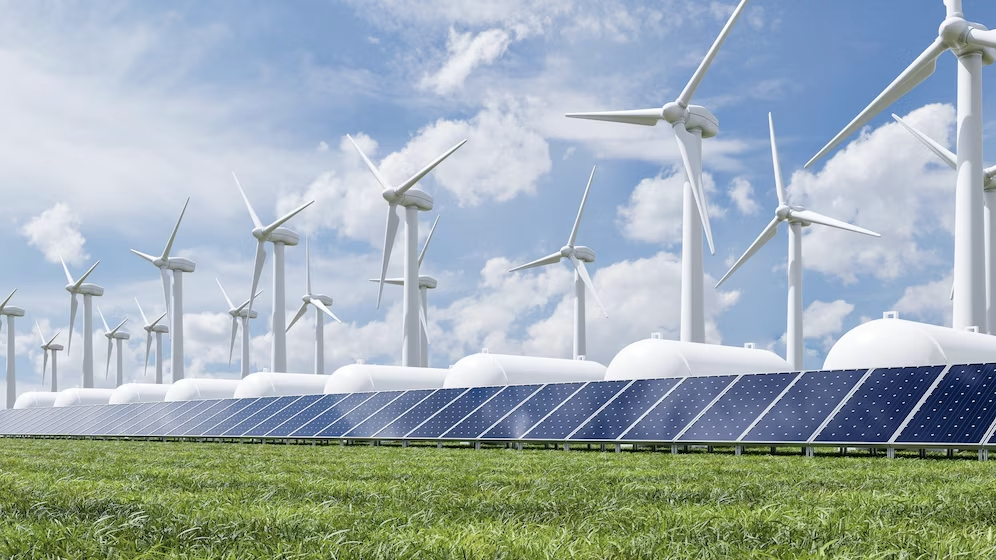
source: https://www.freepik.com/premium-photo/wind-turbine-facility-clean-electricity-solar-hydrogen-energy-storage-gas-tank_32244040.htm
Hybrid systems, by combining wind and solar power, offer a compelling solution to address the limitations and enhance the benefits of both sources. These systems leverage the complementary nature of wind and solar energy, optimizing their performance and output.
One of the primary benefits of hybrid systems is the ability to maximize energy production and reliability.
Wind turbines are more productive during the night and in colder months, coinciding with low solar irradiance. Conversely, solar panels generate the most electricity during the day and in summer, complementing periods of lower wind speeds.
By combining the two, hybrid systems offer a more consistent and balanced power generation profile, increasing the overall efficiency of renewable energy installations.
An excellent example of a hybrid system is the wind-solar farm. In such installations, wind turbines and solar panels coexist on the same site, sharing the available land and infrastructure.
Hybrid System Technologies
Hybrid systems encompass various technological approaches to integrate wind and solar power.
One approach is the integrated wind and solar system, where wind turbines and solar panels are interconnected within a single power generation system. This configuration enables streamlined operation, shared infrastructure, and efficient utilization of grid connections.
A notable example is the Adani Green Energy Limited power plant in India which combines wind and solar power to provide clean electricity to the region; it’s the largest wind-solar hybrid power developer in the world.
The park features wind turbines and solar panels operating in harmony with a common grid infrastructure to deliver power to the local communities. By leveraging the strengths of both wind and solar power, this hybrid system ensures a stable and consistent electricity supply throughout the year.
Another critical aspect of hybrid systems is the incorporation of innovative storage and balancing solutions.
Energy storage technologies play a vital role in storing excess energy during peak production periods and releasing it during periods of low or no generation. By coupling energy storage with hybrid systems, we can enhance the overall reliability and grid integration of renewable energy installations.
Advancements and Research
Continual advancements in hybrid system technologies and ongoing research hold the promise of unlocking further potential in renewable energy generation.
Researchers are exploring advanced control systems that optimize the balance between wind and solar power based on real-time weather conditions, grid demand, and energy storage capacity.
These control systems enable hybrid systems to adapt dynamically, maximizing energy production and minimizing reliance on conventional power sources.
Cutting-edge research also focuses on the integration of hybrid systems with other renewable energy sources, such as tidal, geothermal, or biomass.
This approach broadens the horizons of hybrid systems, creating multi-resource hybrid installations that further enhance the stability and reliability of renewable energy generation.
By leveraging the unique characteristics of each energy source, these hybrid systems maximize energy output, reduce environmental impact, and pave the way for a truly sustainable energy future.
Environmental and Economic Considerations
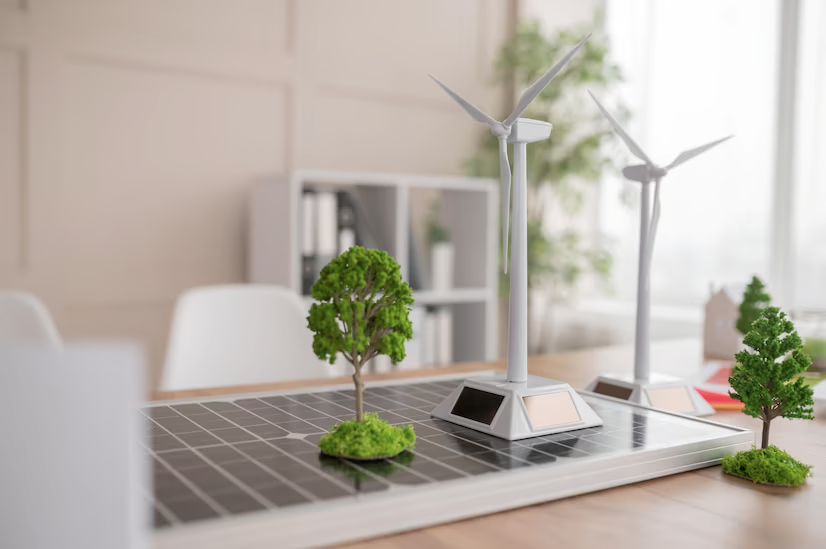
source: https://www.freepik.com/free-photo/close-up-environment-project_13105358.htm
Hybrid systems offer substantial environmental benefits by reducing greenhouse gas emissions, mitigating climate change, and minimizing reliance on fossil fuels.
Combining wind and solar power contributes to a more balanced and diverse renewable energy portfolio. The integration of energy storage technologies also allows for better grid management and higher penetration of renewable energy into existing power systems.
Moreover, hybrid systems bring significant economic advantages.
They enhance the financial viability of renewable energy projects by maximizing energy production, increasing revenue streams, and improving the return on investment. Hybrid systems also create new employment opportunities in the renewable energy sector, fostering economic growth and local development.
Challenges and Solutions
Hybrid systems face several challenges on the path to widespread adoption.
Integrating hybrid systems into existing power grids can pose technical and regulatory hurdles. Ensuring smooth grid compatibility, addressing voltage and frequency fluctuations, and optimizing grid connection protocols require careful planning and collaboration between energy providers, policymakers, and system operators.
Mitigating intermittency and variability is another challenge. While the combination of wind and solar power reduces some of these issues, energy storage technologies remain crucial in bridging the gaps between supply and demand.
Continued research and development in energy storage solutions, including advancements in battery technologies, will further enhance the reliability and performance of hybrid systems.
Addressing social and aesthetic concerns is also essential for the acceptance and integration of hybrid systems. Public perception, community engagement, and landscape considerations play a significant role in the deployment of renewable energy installations.
Open dialogue, education, and community involvement can foster understanding and acceptance of hybrid systems, ensuring their successful implementation.
The Future of Hybrid Systems
The future of hybrid systems is filled with promise.
Their potential for scalability and widespread adoption presents a pathway to a cleaner and more sustainable future.
As technology continues to advance, hybrid systems will become more efficient, cost-effective, and accessible, allowing for increased deployment across diverse regions and energy markets.
Furthermore, the integration of hybrid systems with emerging technologies, such as artificial intelligence and machine learning, will enable even smarter and more optimized operations.
These technologies can analyze vast amounts of data, optimize power generation and storage, and predict energy demand patterns, leading to further improvements in energy efficiency and grid integration.
Hybrid systems will also play a crucial role in achieving ambitious climate targets and transitioning to a decarbonized energy sector.
As countries worldwide commit to reducing greenhouse gas emissions and embracing renewable energy, hybrid systems offer a practical and sustainable solution to meet these objectives.
Conclusion
Hybrid systems, combining the power of wind and solar, represent a transformative approach to renewable energy generation. By leveraging the strengths of both sources, these systems maximize energy production, enhance reliability, and offer a more balanced and consistent power supply.
Real-world examples, such as wind-solar farms and integrated hybrid installations, demonstrate the tangible benefits and potential of hybrid systems. Ongoing advancements in technology, research, and energy storage solutions further fuel the evolution of hybrid systems, unlocking new frontiers in renewable energy.
As we move towards a cleaner and more sustainable future, hybrid systems will continue to play a pivotal role. They offer a pathway to a diversified, reliable, and carbon-free energy mix, contributing to a resilient and environmentally conscious society.
By embracing the power of wind and solar, we can harness the immense potential of hybrid systems and pave the way for a brighter tomorrow.
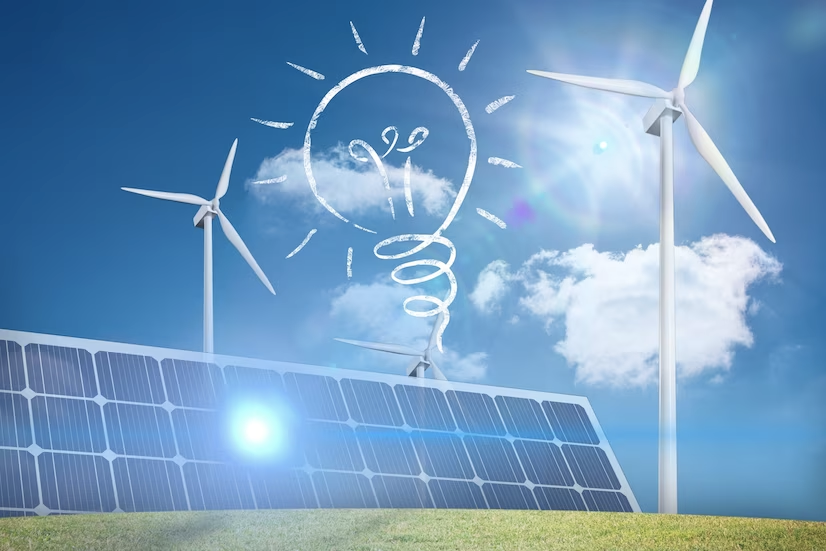
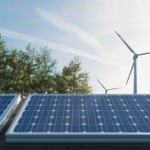
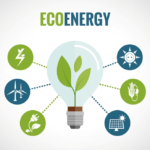


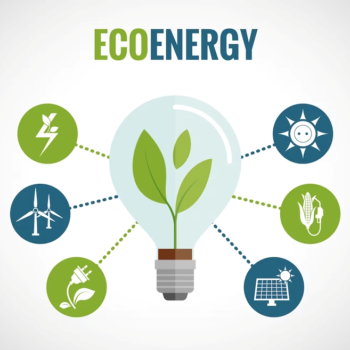



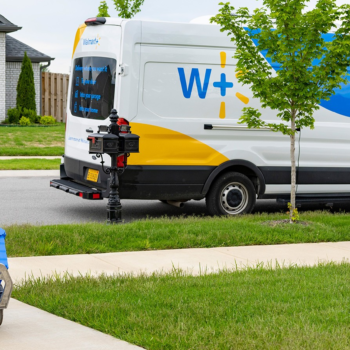



No Comments